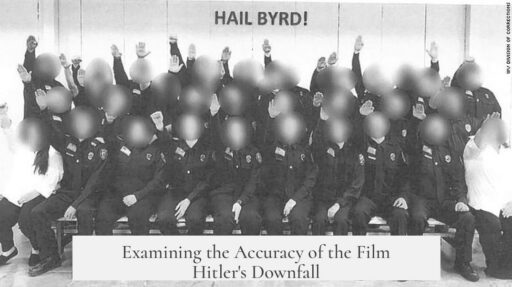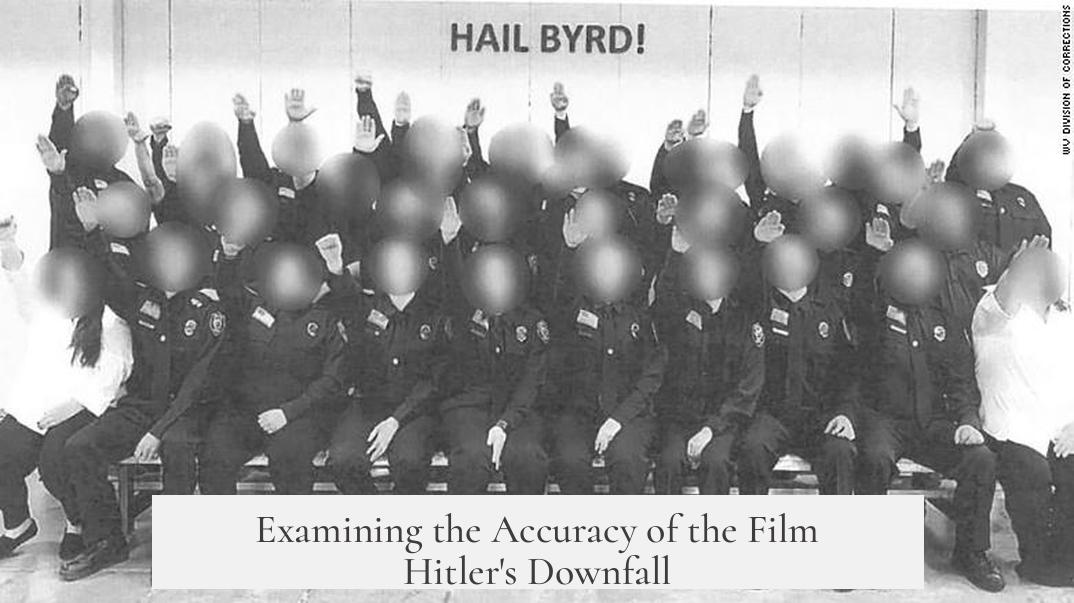The film Downfall offers a highly accurate depiction of Adolf Hitler’s final days, reflecting both his psychological state and key historical events within the Führerbunker in 1945. It draws heavily from firsthand testimonies of surviving bunker personnel, providing a reliable basis for its portrayal of Hitler and his closest associates.
Hitler’s “all-or-nothing” mentality dominates the film’s narrative. He believed that if Germany lost the war, the nation was unworthy of survival. This nihilistic view aligns with reported statements where Hitler declared that Germany deserved destruction if it failed to repel the Allied invasion. Only Hitler and Joseph Goebbels are shown voicing this extreme stance in the film, a choice supported by historical accounts. This reflects the Nazi Party’s refusal to consider peace treaties, as they sought total victory or total destruction.
The movie accurately illustrates Hitler’s physical and mental decline. The actor’s depiction includes a tremor noted by eyewitnesses of Hitler’s final days, emphasizing his fading strength and humanity. The film also humanizes Hitler, highlighting his softer, more vulnerable moments—a controversial yet factually supported portrayal based on witness reports.
Specific directives like the Nero Decree receive attention, showing Hitler’s ruthless willingness to destroy German infrastructure to deny its use to the Allies. The film captures the tension around Albert Speer’s defiance of this order, which may have saved portions of Germany from complete ruin.
Additionally, the film subtly references Hitler’s racial ideology as it crumbles, including his remark on the “Russian race” rising as a new dominant force after the fall of Nazi Germany. These details enhance the historical depth without excessive speculation.
Compared to many other depictions of Hitler’s last days, Downfall stands out for its fidelity to documented testimonies, providing a nuanced and fact-based portrayal. It balances historical events with psychological insight while avoiding broad generalizations.
- Hitler’s all-or-nothing war stance is central and accurately depicted.
- The film relies on bunker survivor testimonies for authenticity.
- Physical and psychological decline of Hitler is shown with detail.
- The Nero Decree and Albert Speer’s disobedience are depicted faithfully.
- Humanizing moments reveal complex facets of Hitler’s personality.




